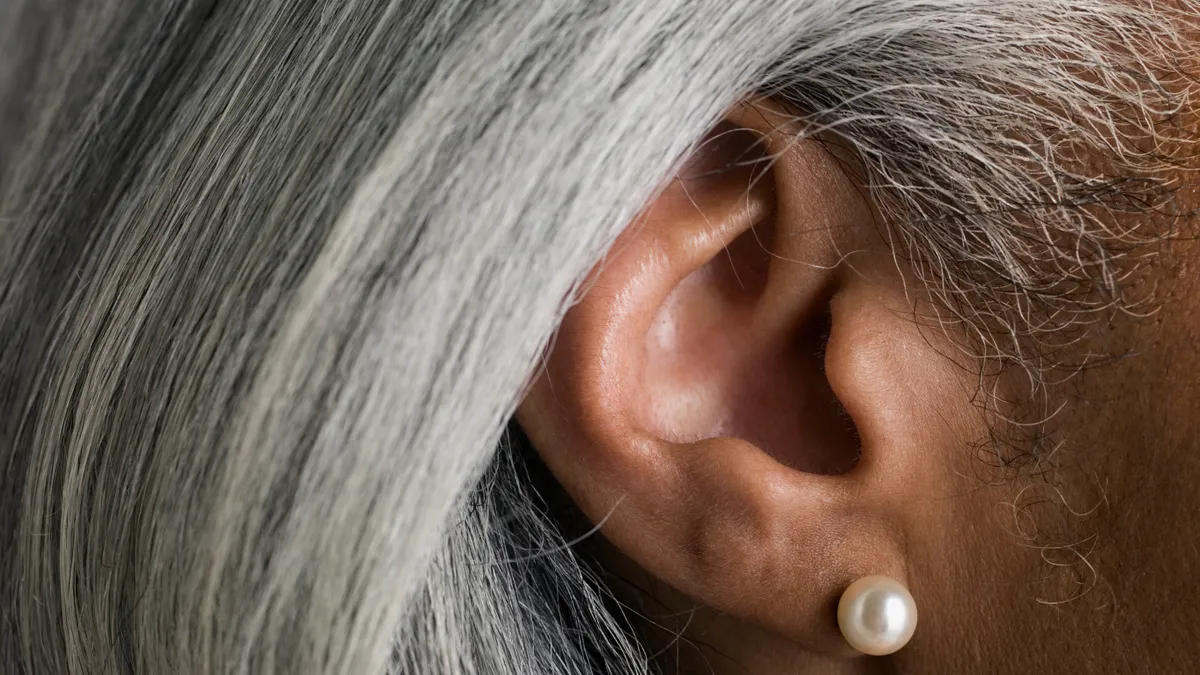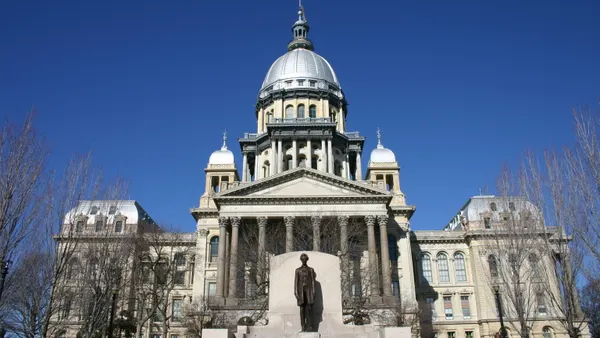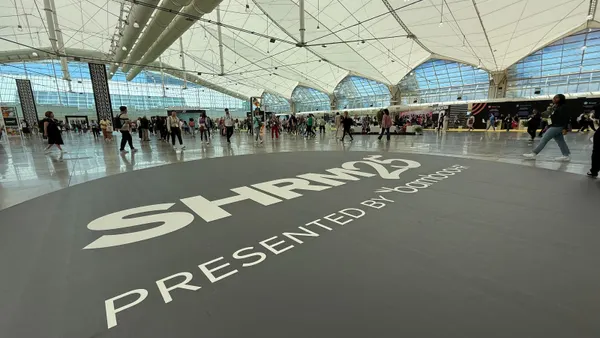An oft-forgotten facet of diversity, equity and inclusion work, age is a veritable workplace issue — one protected by federal law. Older workers receive protection through the Age Discrimination in Employment Act , passed three years after the Civil Rights Act of 1964.
The aptly-named Age-Friendly Institute, which announced the expansion of its age-inclusive employer certification on Jan. 22, reported that most older workers (89%) say they would choose a company that is explicitly welcoming to their age segment.
A lack of warmth — and even downright hostility — toward older talent is apparent. The U.S. Equal Employment Opportunity Commission has continued its crackdowns on ageism at work: in fiscal year 2022, the EEOC resolved 12,082 ADEA-related cases. (In the year prior, the agency resolved 13,060 cases; the year before that, 15,344.)
An overview of some resolved 2023 age bias suits reveals recurring themes.
Sometimes it manifests as microaggressions, such as goading a co-worker to retire.
It may be disguised as succession planning, where a senior staffer trains a younger replacement before mysteriously getting the boot. At the other end of the talent life cycle, ageism may manifest as requests to screen out older workers from the pool of potential hires.
Age discrimination also includes HR leads who get the boot for questioning such discriminatory practices. These cases raise questions about quotas for “early career” hires — a request that spawned two settlements with a major healthcare employer.
From the candidate vetting process to layoffs, here are some instances where HR may seek to eliminate age-related bias in the workplace.














